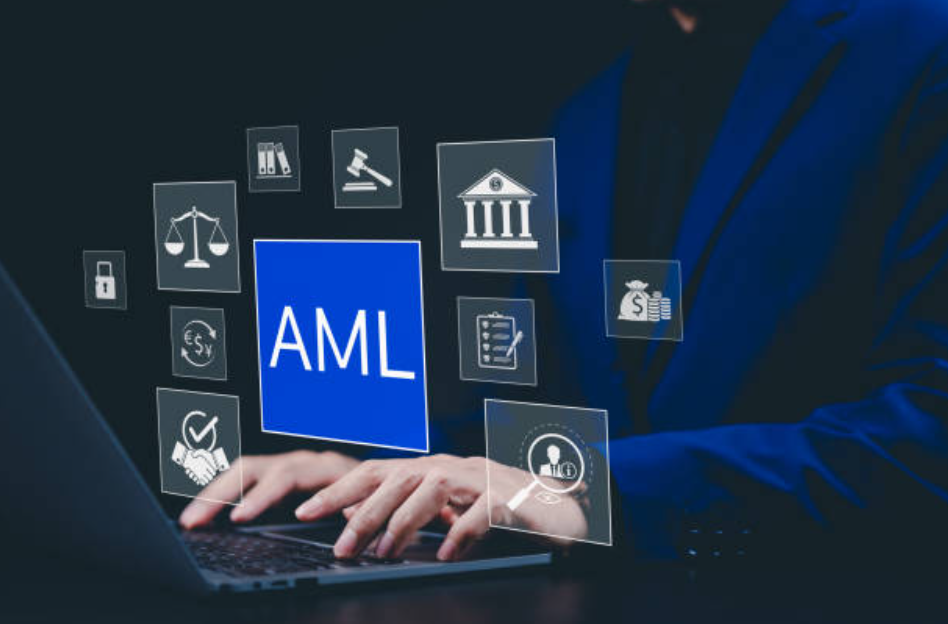AML Audit Checklist: Key Areas to Evaluate Before Regulators Do
Introduction
This is the case in the present day highly regulated financial landscape where financial institutions are subject to growth in examination by regulators in terms of their anti-money laundering (AML) compliance initiatives. Effective AML audit is not only a compliance formality but an essential procedure that makes sure that the systems and controls are actually working, the risks are indeed under control and the organization is ready prior to any regulatory audit occurring.
Regular audits on AML can be used to early detect vulnerabilities and improve their governance and mitigate financial and reputational losses. When done well, it changes compliance into a defensive operation to a strategic advantage.
Why AML Audits Matter
An AML audit checklist is a procedural review of the effectiveness of the policies, procedures, and systems in place within an organization to prevent financial crime. It transcends the paperwork, and it looks at how the internal controls would work in the day to day operations. Effective audit can help to make sure that customer due diligence procedures are being undertaken, monitoring of the transaction system is responsive, and reporting is in line with the expectations of the regulations.
In addition to complying with rules and regulations, a sound AML audit also leads to better decision-making, accountability, and the culture of integrity in the organization. It shows that it is committed towards transparency and risk management and that this can greatly decrease the exposure to legal and financial punishment.
Form of Governance and Compliance Framework.
Governance is the foundation of any AML program. The auditor should assess the compliance structure of the institution first whether the institution has clearly defined compliance structure with the support of the senior management. The AML policy must be board-approved, extensive, and current. Roles and responsibilities should be very clear, and there should be accountability in the departments.
Good governance is also the fact that AML activities are regularly checked and the management pays attention to the appearance of risks and changes in regulations. Organizations that regard AML compliance as an organizational DNA (as opposed to a regulatory burden) are in a stronger position to spot anomalies and can quickly adjust as rules change.
Transaction Monitoring and Reporting Systems.
The compliance of AML is largely based on transaction monitoring. The audit needs to look at the effectiveness of monitoring systems in identifying unusual or suspicious activity. This is in the review of how the alerts are created, how they are escalated and whether they are resolved within the right time limits.
Another aspect that should be analyzed by auditors is the presence of thresholds and parameters in the monitoring software that is indicative of the true risk profile of the organization. Any sluggishness in the production of Suspicious Transaction Reports or non-uniformity in such production can subject an institution to drastic fines. Monitoring does not just work with the help of technology alone, but also with the discernment of compliance employees with the help of interpreting alerts. The right mix of automation and human knowledge would result in the fact that there is no risk of ignoring genuine risks.
Awareness Programs and Training.
AML, like any other program, is as powerful as its implementing people. One of the main components of any audit is to analyze the level and rate of AML training at all levels of staff. The employees should know the way money laundering happens, what the red flags are and when to report.
The areas where training is supposed to go beyond compliance teams should be to the front-line employees who get to interact with customers. It is also more practical and effective because it includes real-life case studies, including the Pandora Papers or corporate frauds. An educated workforce increases the chances that the regulatory violations will be minimized and eventually promote the compliance culture of the organization.
Documentation and recordkeeping.
The proper and available recordkeeping is a crucial component of AML compliance. When conducting an audit, the institutions are expected to show a full record of the identification of the customer, transaction records, and due diligence they have made over the legally mandated period of retention.
The records should be arranged in a manner that they can be easily retrieved when an internal review or external inspection is being conducted. Regulators consider incomplete documentation as an indicator of bad governance though there may not be any maltreatment. Having a complete audit trail will assist institutions to confirm decisions as well as answer questions with great confidence.
Continuous Improvement and Independent Testing.
A good AML audit must be a cyclical process rather than a one-off process. The independent testing that can be conducted both within the company and by outside consultants is an objective evaluation of the program strength.
The audit must find out whether earlier results are resolved and have corrective measures raised compliance results. Periodic reviews also help to make sure that the technological improvements, such as automated monitoring tools or AI-driven analytics, are operating properly. Those institutions that continuously review their systems are mature and have a true intention of complying with the regulations.
Conclusion
An overall AML audit is much more than a regulatory check list, and is a preventive defense mechanism that helps institutions avoid financial crime and negative publicity. During the investigations on the governance structure, customer due diligence, monitoring of transactions, training, and record management, the organizations will be able to see the vulnerable areas before the regulators.
In an age of rising transparency and international cooperation to combat financial fraud, the concept of institutions where constant auditing and enhancement are the main purposes of stay does not only fulfill the requirements of compliance, but also plays a role in creating a safer and honest financial system.
